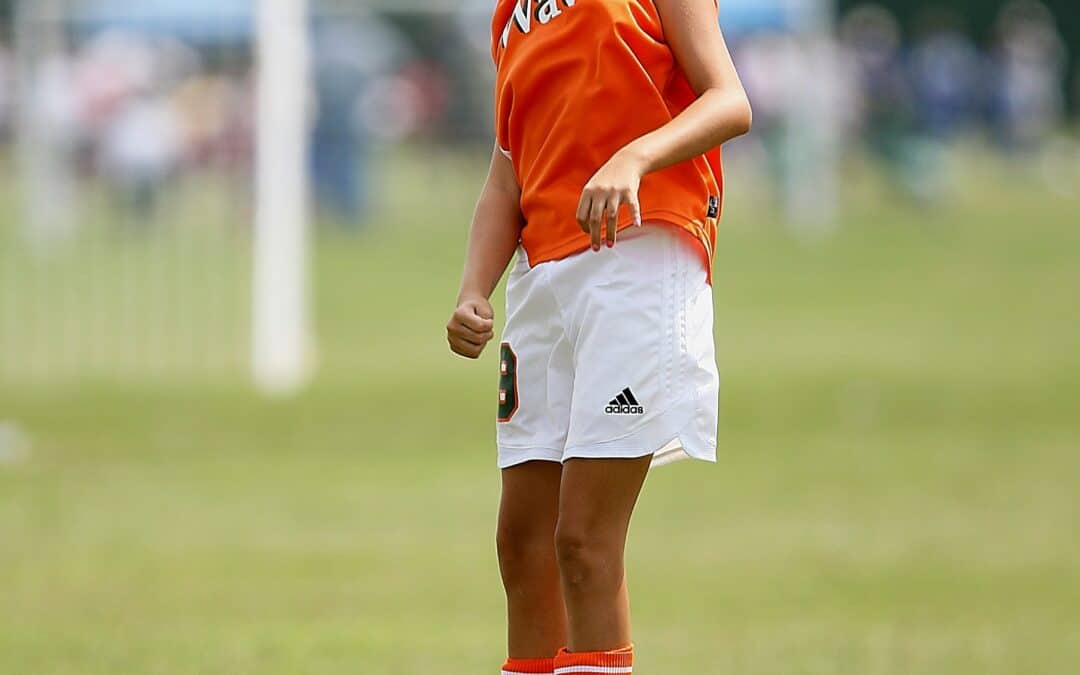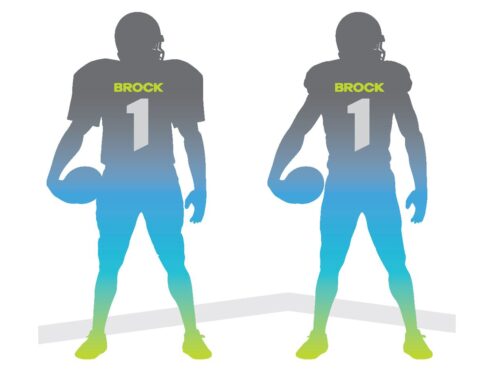Soccer is the world’s most popular sport, with over 250 million active players. Heading the ball is a staple of the game, and has led to some of history’s most iconic goals. The United States has already taken steps to protect young players from concussions and brain damage by strictly limiting heading in youth soccer. Players under 11 years old are never permitted to head the ball. U-13s can only practice heading and are limited to 30 minutes a week. Players must be at least 14 years old to head the ball in competition. Even with the US Soccer Federation’s improved regulations, there are still tens of thousands of soccer related concussions treated in the emergency room each year.
Concussions are not the only immediate risk associated with repeated heading. A Norwegian study found 35% of NCAA Division 1 soccer players had abnormal EEG patterns, twice the rate observed in the general population. Soccer players involved in a University of Stirling in Scotland study performed 41% to 67% worse on memory tests after just a single session of heading, and these effects took 24 hours to normalize. Heading often involves the player jumping into the air, which increases the frequency of head-to-elbow and head-to-turf collisions. Players also risk lower extremity injuries when they land on the surface after jumping for the ball.
As the dangers of concussions and sub-concussive impacts continue to be established, many are wondering if heading should be allowed in youth soccer at all. Former MLS player Taylor Twellmen, whose career was ended by concussions, thinks “if the game was invented today heading would be outlawed pretty much until the professional level.”
But could soccer exist without heading? Looking back on the history of the sport, there have been many changes to the rules in hundreds of years of play. Players were once permitted to catch or punch the ball, and some leagues even allowed players to deliberately trip or kick another player in the shins. The rules of the game have been revised over time to keep up with advances in science and engineering. Lighter cleats, better soccer balls, and the implementation of goal line technology are just some of the new products used to improve the game.
New technology has been widely accepted to promote soccer safety and enjoyment, and adapting heading regulations worldwide may be soon to follow. Eliminating or further reducing heading in the sport may be another evolution of the game to keep players safe and reduce potentially career ending injuries.
Supporters of heading point out more soccer concussions results from player collisions than heading. Some think banning heading at a young age may prevent players from learning the proper technique, or hurt the United States’ competitive chances at the international level. Many fans and players feel the risks of heading are just a part of the game, much like tackling in football or checking in hockey.
US Soccer has a head start on the rest of the world when it comes to recognizing the dangers of heading the ball. George Chiampas, US Soccer’s Chief Medical Officer, is proud of the organization’s efforts to create “parameters and guidelines with regards to the amount of exposure to potential head injuries.” He promised the policies would continue to evolve as scientific data about concussions progresses.
Full US Soccer Concussion Policy






